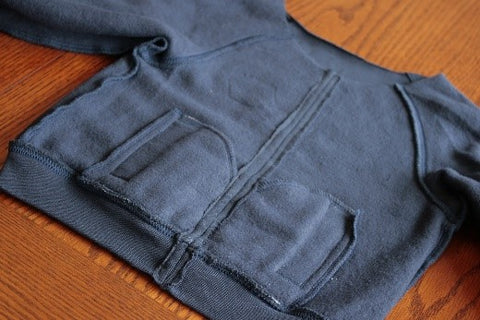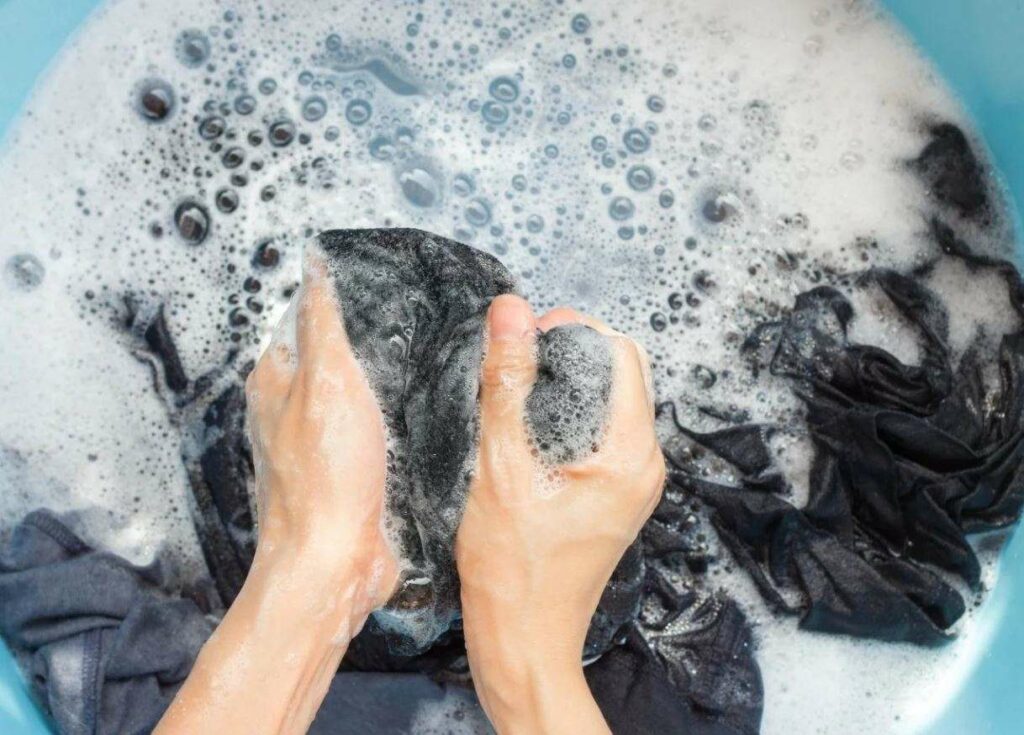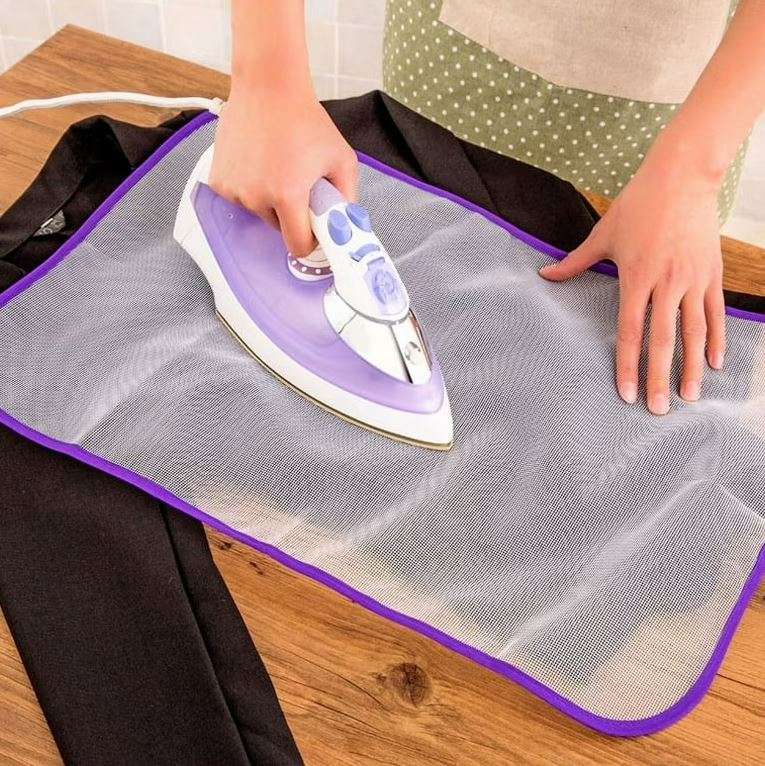News
How to Correctly Preserve Your Embroidered Shirts in Summer
Embroidered shirts and embroidered clothing in general are beautiful additions to any wardrobe, offering unique charm and a touch of artistry. The intricate embroidery designs transform simple garments into wearable masterpieces. However, the summer months, with their intense heat, humidity, and increased outdoor activities, pose significant challenges to maintaining the pristine condition of these delicate items. Proper care is essential to ensure your embroidered pieces retain their vibrant colors, crisp stitching, and overall beauty for years to come. This comprehensive guide will walk you through the best practices for washing, drying, storing, and generally preserving your beloved embroidered shirts and clothing, ensuring they remain valuable assets in your collection.
Understanding the Delicacy of Embroidery
Before diving into specific care instructions, it’s crucial to understand why embroidered garments require special attention. Embroidery involves threads (often rayon, silk, cotton, or polyester) stitched onto fabric. These threads can be more delicate than the base fabric and are susceptible to damage from harsh chemicals, excessive heat, and rough handling. The stitching itself can snag, unravel, or lose its sheen if not treated gently. Different types of embroidery designs and thread materials will have varying levels of durability, so always check the care label on your specific garment. Hand-embroidered items are generally more delicate than machine-embroidered ones and may require even gentler care. Understanding these nuances will help you approach the washing and care process with the necessary caution.

Pre-Washing Preparations: The First Line of Defense
Proper preparation before washing is paramount to safeguarding your embroidered shirts.
1. Always Read the Care Label: The Golden Rule
This cannot be stressed enough. The care label on your embroidered garment is your primary source of information. It provides specific instructions from the manufacturer regarding fabric composition, recommended washing temperatures, drying methods, and whether dry cleaning is advised. Adhering to these instructions is the most effective way to prevent damage and preserve the integrity of both the fabric and the embroidery designs. Ignoring the care label can lead to irreversible damage, such as shrinkage, color bleeding, or thread damage.
2. Turn Inside Out: Protecting the Embroidery
Before placing your embroidered shirt into the washing machine or hand-washing basin, always turn it inside out. This simple yet effective step protects the delicate embroidery designs from abrasion against other garments, the washing machine drum, or even your hands during hand-washing. By turning the garment inside out, you minimize friction on the embroidered areas, which helps prevent snagging, pilling, and premature wear of the threads. It also helps to preserve the sheen of the embroidery threads.

3. Pre-Treat Stains Carefully: Targeted Approach
Address any visible stains before washing the entire garment. Use a mild stain remover specifically designed for delicate fabrics. Apply the stain remover directly to the soiled area and gently blot with a clean, soft cloth. Avoid rubbing vigorously, as this can damage the fabric fibers and distort the embroidery designs. For stubborn stains, a paste made from baking soda and water can be a gentle yet effective option. Always test any stain remover on an inconspicuous area of the garment first to ensure it doesn’t cause discoloration or damage. Prompt treatment of stains is key to preventing them from setting in.
4. Separate by Color and Fabric Type: Preventing Bleeding
Wash embroidered shirts with similar colors to prevent color bleeding. Light-colored embroidered items should be washed separately from dark ones. Furthermore, avoid washing embroidered garments with items that have zippers, hooks, or rough textures, as these can snag or damage the delicate embroidery during the wash cycle. Grouping similar fabrics together also ensures that all items in the wash cycle can withstand the same washing conditions without damage. For instance, wash your delicate embroidered silk shirt separately from heavy denim jeans.

Washing Techniques: Gentle Care is Key
The way you wash your embroidered shirts significantly impacts their longevity and appearance. Both hand-washing and machine-washing have their merits, but gentleness is paramount.
1. Hand-Washing: The Safest Bet for Delicate Embroidery
For highly delicate embroidery designs, particularly those with intricate details, beads, or sequins, hand-washing is generally the safest method.
- Fill a basin or clean sink with cool or lukewarm water. Avoid hot water, as it can cause shrinkage, color fading, and damage to the embroidery threads.
- Add a small amount of mild, pH-neutral detergent. Look for detergents specifically formulated for delicate garments. Harsh chemicals can strip the color from embroidery threads and weaken the fabric.
- Submerge the embroidered shirt and gently agitate the water. Do not rub, twist, or wring the garment vigorously. Instead, gently squeeze the soapy water through the fabric.
- Allow the shirt to soak for no more than 10-15 minutes. Prolonged soaking can lead to color bleeding, especially with new garments or those with vibrant dyes.
- Rinse thoroughly under cool running water until all soap residue is gone. Again, avoid wringing. Gently press out excess water with your hands or by rolling the garment in a clean, dry towel.

2. Machine-Washing: When Time is of the Essence (Use with Caution!)
If machine-washing is necessary or preferred, follow these guidelines to minimize potential damage:
- Use a mesh laundry bag. Placing your embroidered shirt in a mesh laundry bag provides an extra layer of protection, preventing the embroidery from snagging on other items or the machine drum. This is particularly important for machine-embroidered items that are relatively sturdier.
- Select the “delicate” or “hand-wash” cycle. These cycles use less agitation, lower spin speeds, and often cooler water temperatures, which are gentler on embroidered garments.
- Use cold water. Cold water is generally safer for preserving colors and preventing shrinkage.
- Opt for a mild, liquid detergent. Powder detergents may not dissolve completely and can leave residue on the fabric and embroidery.
- Avoid overloading the washing machine. An overloaded machine can lead to excessive friction between garments, increasing the risk of damage to the embroidery.

Drying Techniques: Air Dry for Best Results
Drying an embroidered shirt properly is as crucial as washing it correctly. High heat from tumble dryers can cause shrinkage, fading, and damage to the embroidery threads, making them brittle or distorting their shape.
1. Air Drying: The Preferred Method
Air drying is by far the best method for embroidered clothing.
- Gently squeeze out excess water. After washing, gently press out as much water as possible without wringing or twisting the garment. Rolling it in a clean, dry towel can help absorb more moisture.
- Lay flat on a clean, dry surface or hang on a padded hanger. For heavier embroidered items or those with delicate shapes, laying them flat on a clean towel or drying rack helps maintain their original form and prevents stretching or distortion caused by gravity. This also prevents the embroidery from becoming misshapen.
- If hanging, use a wide, padded hanger to support the garment’s shape. Avoid using thin wire hangers, which can create creases and pull the fabric out of shape. Ensure the garment is still inside out when drying to protect the embroidery from direct sunlight.
- Dry in a well-ventilated area away from direct sunlight. Direct sunlight can cause colors to fade, especially vibrant embroidery threads. A shaded, breezy spot is ideal. Allow ample time for the garment to dry completely to prevent mildew and odors.

2. Avoiding the Tumble Dryer: A Strict No-No
- Never put embroidered shirts in a tumble dryer, especially on high heat. The intense heat and tumbling action can cause irreversible damage:
- Shrinkage: Both the fabric and the embroidery threads can shrink, leading to a puckered or distorted appearance.
- Fading: Heat accelerates color fading, dulling the vibrancy of your embroidered shirts.
- Damage to Threads: High heat can melt synthetic embroidery threads (like rayon or polyester) or make natural fibers (like cotton or silk) brittle, leading to breakage and fraying.
- Distortion: The embroidery can lose its shape, flatten, or become matted.

Ironing and Steaming: Handle with Care
Ironing embroidered shirts requires a gentle touch to avoid flattening or damaging the embroidered shirt.
1. Ironing Inside Out with a Pressing Cloth: Essential Protection
- Turn the shirt inside out. This is crucial for protecting the raised texture of the embroidery.
- Use a pressing cloth. Place a thin, clean cloth (like a cotton handkerchief or a dedicated pressing cloth) over the embroidered area before ironing. This creates a barrier between the hot iron and the delicate threads, preventing scorching, melting, or flattening of the embroidery.
- Use a low to medium heat setting. Adjust the iron’s temperature according to the fabric type, starting with the lowest setting and gradually increasing if necessary. Avoid using a steam setting directly on the embroidery unless specifically recommended by the care label.
- Iron quickly and lightly. Do not press down hard or hold the iron in one spot for too long. Move the iron continuously to prevent heat damage.
- Avoid ironing directly on the embroidery. If you must iron the embroidered area, do so very gently and briefly, always using a pressing cloth.

2. Steaming: A Gentler Alternative
Steaming is often a safer and gentler alternative to ironing, especially for delicate or heavily embroidered garments.
- Use a handheld steamer. Hold the steamer a few inches away from the fabric, allowing the steam to relax wrinkles without direct contact or pressure.
- Steam from the inside out. Similar to ironing, steaming the garment from the inside out helps protect the embroidery while still smoothing out wrinkles on the fabric.
- Avoid over-steaming the embroidery. While steam is generally safe, excessive moisture can still potentially affect some threads or dyes.

Storage Solutions: Preserving Form and Freshness
Proper storage is vital for maintaining the shape, color, and overall condition of your embroidered clothing during the summer and beyond.
1. Store in a Cool, Dry, and Dark Place: The Ideal Environment
- Avoid humidity: High humidity can lead to mildew growth, especially in summer. Ensure your storage area is well-ventilated and dry.
- Avoid direct sunlight: Sunlight can cause colors to fade over time, even when garments are stored. Keep your embroidered shirts away from windows or other sources of direct light.
- Avoid extreme temperatures: Fluctuations in temperature can damage fabric and embroidery threads. A stable, cool environment is best.

2. Proper Hanging or Folding: Maintaining Shape
- For frequently worn items, hang on padded hangers. Padded or wide hangers help maintain the garment’s shape, preventing shoulder bumps and creases. Ensure the hanger is sturdy enough to support the weight of the garment without distorting it.
- For long-term storage or delicate items, fold carefully. If folding, place acid-free tissue paper between layers of the garment, particularly over the embroidered areas, to prevent creasing and protect the embroidery from friction against the fabric. Store folded items in breathable cotton bags or archival boxes. Avoid plastic bags, which can trap moisture and cause yellowing or mildew.
3. Moth and Pest Protection: A Summer Necessity
Summer often brings increased insect activity. Protect your embroidered garments from moths and other pests that can damage natural fibers.
- Use natural repellents: Lavender sachets, cedar blocks, or cedar chips are excellent natural moth repellents. Place them in your closet or drawers, ensuring they don’t directly touch the fabric as some essential oils can stain.
- Keep storage areas clean: Regularly vacuum and clean your closets and drawers to remove dust and potential insect eggs.
- Inspect garments periodically: If storing items for an extended period, periodically take them out, air them, and inspect them for any signs of pest activity.

Seasonal Care and Maintenance: Long-Term Value
Maintaining your embroidered clothing isn’t just about daily care; it’s also about adopting long-term habits.
1. Rotate Your Wardrobe: Giving Garments a Break
Avoid wearing the same embroidered shirt too frequently, especially in summer. Rotating your wardrobe gives each garment a chance to rest and recover, extending its lifespan. This also minimizes wear and tear on specific items and allows you to properly clean and store them between uses.

2. Professional Cleaning (If Recommended): Expert Care
Some highly delicate or intricately embroidered garments may recommend professional dry cleaning. If the care label specifies “Dry Clean Only,” or if you’re unsure about cleaning a particularly valuable or delicate piece, it’s always best to consult a reputable professional dry cleaner. Inform them that the garment is embroidered so they can use appropriate methods and solvents.
3. Minor Repairs: Addressing Issues Promptly
Don’t wait for small issues to become big problems. If you notice a loose thread, a snag, or a tiny tear in the fabric near the embroidery, address it promptly.
- Loose threads: If an embroidery thread comes loose, carefully trim it with sharp scissors close to the surface, but do not pull it. Pulling can unravel the entire design.
- Small snags: For minor snags, gently try to push the thread back into place using a needle or a fine-tipped tool.
- Damaged embroidery: For more significant damage, consider taking the garment to a tailor or a professional who specializes in embroidery repair. They may be able to re-stitch or mend the damaged areas, saving your cherished piece. Learning basic mending skills can also be incredibly useful for prolonging the life of your embroidered items.

4. Protecting During Activities: Summer Adventures
When wearing your embroidered shirts for summer activities, be mindful of potential hazards.
- Avoid rough surfaces: Be careful when sitting on rough surfaces or leaning against abrasive materials that could snag the embroidery.
- Sunscreen and bug spray: Apply sunscreen, insect repellent, and other lotions before putting on your embroidered shirt to prevent chemical stains or damage to the fabric and threads. If contact occurs, gently blot the area as soon as possible.
- Chlorine and saltwater: Avoid prolonged exposure to chlorinated pool water or saltwater, as these can fade colors and weaken fibers. If your shirt gets wet, rinse it thoroughly with fresh water as soon as possible.
Conclusion: Investing in Longevity
Caring for your embroidered shirts and embroidered clothing during the summer months doesn’t have to be a daunting task. By adopting these simple yet effective practices for washing, drying, ironing, and storing, you can significantly extend the life and preserve the beauty of your treasured pieces. Remember, these garments are often works of art, and treating them with the care they deserve ensures that their intricate embroidery designs continue to shine, adding elegance and personality to your wardrobe for many summers to come.


